Spectators are set to return to sports venues in lower-risk areas once the national lockdown ends on December 2.
But what will the match-going experience be like? Here, the PA news agency tries to provide some answers.
What has the Government said?
COVID WINTER PLAN
Sports fans back in stadia from 2nd Dec
4️⃣K or 50% of capacity in Tier 1
2️⃣K or 50% of capacity in Tier 2
A big step forward for fans as we work towards fuller capacities
Thanks to pilot hosts & fans for showing this can be done safely@HuddlestonNigel pic.twitter.com/YKJnc7JAx0
— Oliver Dowden (@OliverDowden) November 23, 2020
In tier one – areas deemed to have the lowest coronavirus infection rates – up to 4,000 spectators will be allowed in outdoor venues or 50 per cent capacity, whichever is lower. In tier two that drops to 2,000 or 50 per cent, whichever is lower.
For indoor venues it is 2,000 or 50 per cent capacity in tier one, 1,000 or 50 per cent capacity in tier two.
When will we know who can let fans in?
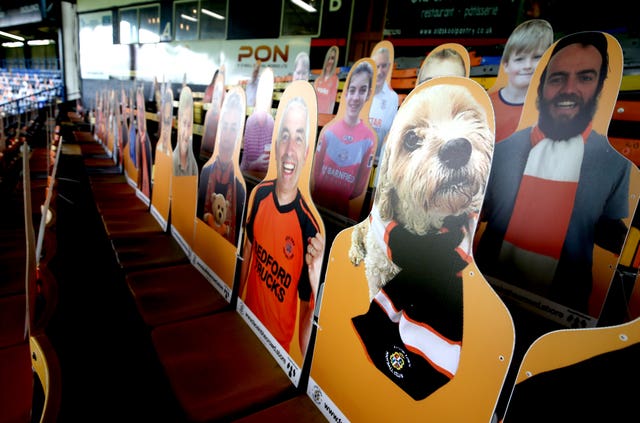
Further clarity on which areas of the country will be in which tiers is expected to come on Thursday. For those in tier three – where infection rates are highest – elite sports must continue behind closed doors.
Have the protocols been decided?
Today we have published draft guidance to help sports grounds plan for social distancing when Government permits the re-admission of fans. https://t.co/yWwqiBdCuA pic.twitter.com/WoYpSxUZWj
— Sports Grounds Safety Authority (@SGSA_UK) July 17, 2020
The EFL’s expectation is that the plans drawn up by the Sports Grounds Safety Authority (SGSA) for the planned return of spectators from October 1 will still be applied.
Will supporters be spread across stadiums, or just put in one stand?
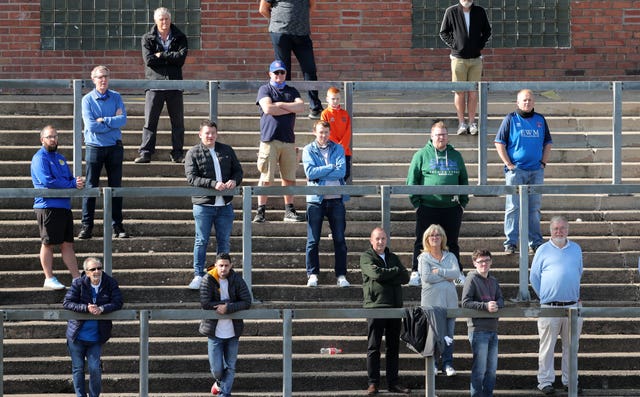
This will vary from venue to venue. During the EFL pilot events in September, Norwich housed supporters in one stand while Carlisle opted to utilise four areas of Brunton Park.
Are face coverings mandatory?
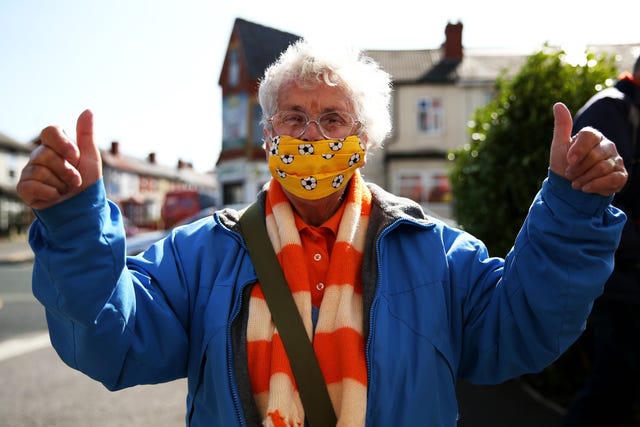
At the last pilot events, Blackpool asked supporters to wear them at all times when entering and inside the stadium, but said they could be removed when a supporter is in their seat and facing forward. Middlesbrough also encouraged supporters to wear them in indoor or enclosed areas within the stadium.
What about singing and chanting?

Research is still inconclusive when it comes to determining whether the louder someone talks, shouts or sings, the greater the threat of them transmitting coronavirus is if they are infected. Nevertheless, a sample code of conduct from the SGSA which clubs can choose to adopt says “extreme care” should be taken when shouting, singing or celebrating. Hugs and high-fives should be avoided for people outside of that individual’s social bubble, the guidelines say.
What other differences might fans notice compared to March?
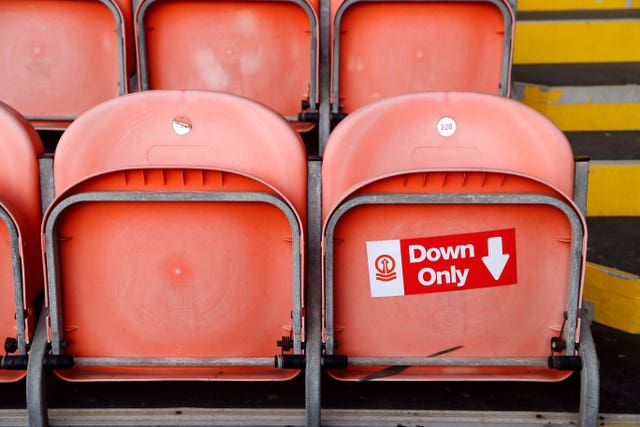
There will be hand-sanitiser dispensers around the stadium which fans are encouraged to use. Queueing systems are set to be in place at toilets to restrict the number of people accessing them at any one time, and supporters can also expect one-way systems on gangways and other exit and entry points.
Will it be limited to home fans only, and will people be able to travel to a different tier to watch a match?
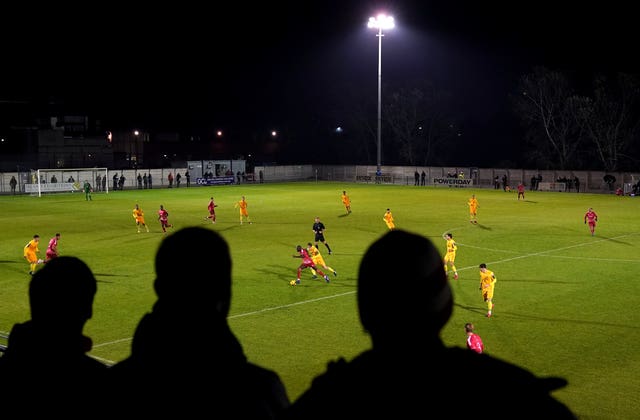
It is likely clubs will limit attendance to home fans, with season-ticket holders taking priority. The Government is yet to give any guidance about travelling between tiers to watch a game, but going from a high-risk area to a low-risk one would appear to run counter to the objectives of the tiered approach.
The EFL has said the decision will be a lifeline to some of its clubs. What about the Premier League?
Fans have been greatly missed at #PL matches and so we welcome the Prime Minister’s announcement today on the return of supporters, albeit at small numbers
We look forward to working with Government on their next steps
Full statement: https://t.co/l8EKeI0Tsd pic.twitter.com/YFGoTsnMZq
— Premier League (@premierleague) November 23, 2020
The top flight welcomed the move as a starting point, but will clearly be looking for attendances to be scaled up. It sees technology as the answer in the medium term, before any vaccine becomes widely available, and its chair Gary Hoffman sits on the Sports Technology and Innovation Group (STIG) which is looking at ways in which technology can help get fans back into venues safely.
Brighton chief executive Paul Barber said they would welcome the opportunity to have 4,000 fans inside the Amex Stadium, but that it would be “more symbolic than financial” at this stage.
/https%3A%2F%2Fsportsmole-media-prod.s3.gra.io.cloud.ovh.net%2F20%2F37%2Fbhache.jpg)
/https%3A%2F%2Fsportsmole-media-prod.s3.gra.io.cloud.ovh.net%2Fuploads%2F2025%2F11%2Fcobus-reinach-69286daf24b6f030839909.jpg)
/https%3A%2F%2Fsportsmole-media-prod.s3.gra.io.cloud.ovh.net%2Fuploads%2F2025%2F11%2Fsteve-borthwick-6920079c02aa0573641640.jpg)
/https%3A%2F%2Fsportsmole-media-prod.s3.gra.io.cloud.ovh.net%2Fuploads%2F2025%2F11%2Fmack-hansen-nick-timoney-and-cian-prendergast-691f279b5aea4588929424.jpg)
/https%3A%2F%2Fsportsmole-media-prod.s3.gra.io.cloud.ovh.net%2Fuploads%2F2025%2F11%2Fgregory-alldritt-691f242248781737709663.jpg)